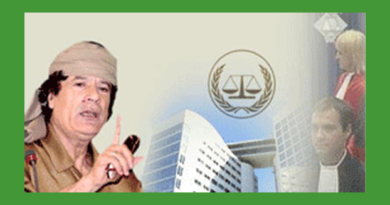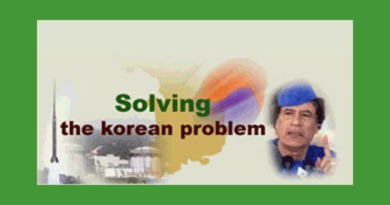Earth Summit: Nile Delta / Egypt
26.08.2002
The Nile Delta is the only agricultural land available for the Egyptian people to live on. It provides them, furthermore, with one third of the fish catch. It is the main source of food for the Egyptian people.
However it faces grave dangers that must be dealt with in order to avert a humanitarian catastrophe, not just an environmental one.
-
The sharp increase in the rates of erosion which have reached 100 meters.
-
The increase in pollution rates, where the mercury concentrations have increased 13 fold and those of lead 12 fold. These increases take place at a very high speed.
-
Silt no longer reaches the Delta.
-
More than 10 thousand km of irrigation channels in the Delta are clogged up with mud and silt.
-
Silt can no longer reach the sea.
-
The natural sand barriers on the sea are fast disappearing. This poses a major threat to the marshes, fresh water lakes and the low-lying agricultural lands in the Delta. It also threatens tourist resorts and underground water, in view of the fact that some areas are only two meters above sea level. The only protection they have is those barriers formed by the water drained from the Delta.
-
Fast growth of the plants that clog the fresh-water lakes because of the increase in organic matter and agricultural waste sedimentation.
The most dangerous aspect of the problem is the population density in the Delta, the only agricultural land in Egypt. It has reached 1600 inhabitants per squared kilometer. The villages and towns are overcrowded. The population of the Delta is increasing at an alarming rate. The situation requires serious standing to save the future of the Nile Delta. The future of an entire nation depends on it.
I draw the attention of the Johannesburg Conference to this grave problem.
As God is my witness, I have delivered the message and done my duty.




